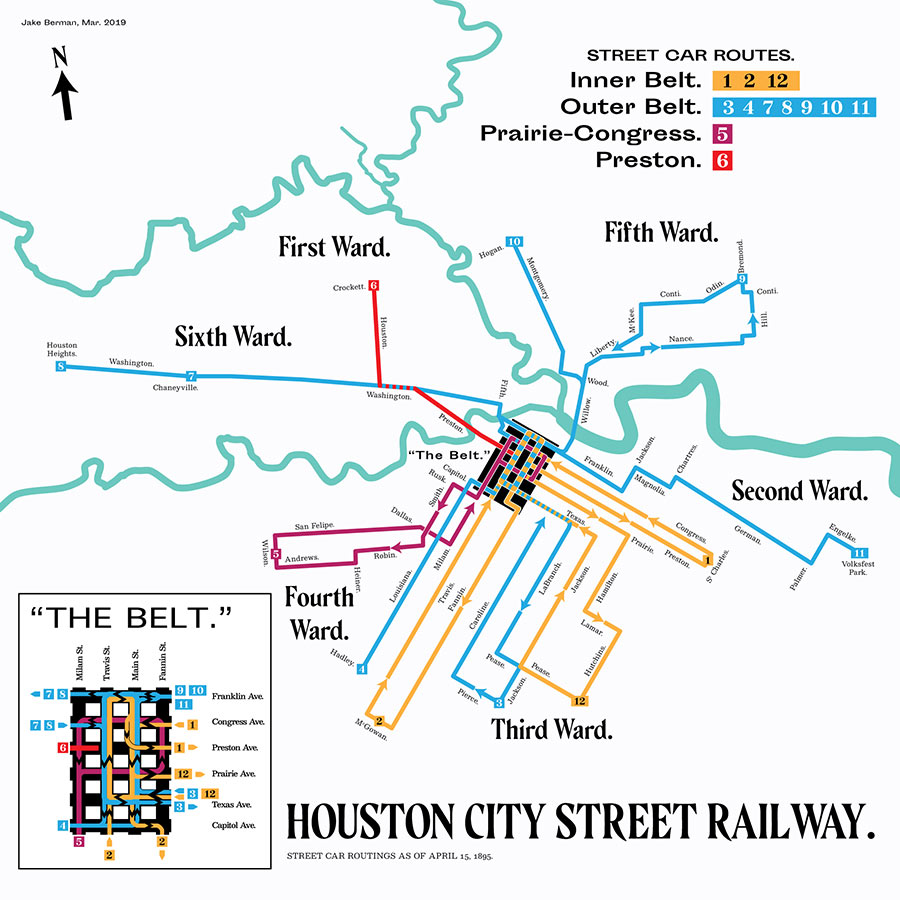HOW HOUSTON SCAVENGERS STAYED OUT OF GUTTERS AND DITCHES BACK THEN  Embedded in a profile of 99-year-old artist Elinor Evans, who taught freshman design at the university in the sixties, seventies, and eighties — and whose exhibition of collages at the Moody Gallery opened earlier this month — is this bit of old-fashioned Houston street smarts: “She retrieved another basket and displayed a most orderly collection of hundreds of aluminum pull-tabs. Decades ago, Houston’s streets sloped inward and the centers provided ripe pickings for Evans, who said she surveyed them for ‘as found’ objects of interest.” [Rice News; exhibition] Still image: Rice News
Embedded in a profile of 99-year-old artist Elinor Evans, who taught freshman design at the university in the sixties, seventies, and eighties — and whose exhibition of collages at the Moody Gallery opened earlier this month — is this bit of old-fashioned Houston street smarts: “She retrieved another basket and displayed a most orderly collection of hundreds of aluminum pull-tabs. Decades ago, Houston’s streets sloped inward and the centers provided ripe pickings for Evans, who said she surveyed them for ‘as found’ objects of interest.” [Rice News; exhibition] Still image: Rice News





Decades ago?? Houston streets still slope inward, and this is in order to accommodate flooding.
These are not “good” websites (source-wise, they are questionable), but they do explain well.
http://www.johnbridge.com/drainage_problems.htm – “When housing tracts are developed, streets are cut in lower than adjacent building lots (hopefully), but developers cannot make streets so low that they would have to drain uphill. Therefore, in many of the subdivisions around Southeast Texas, the lots are just high enough above the streets to drain. This is true throughout the Gulf Coast region, from Mexico to Florida.”
http://blog.chron.com/sciguy/2007/09/humberto-moving-east-of-houston-and-some-advice/ – “Houston floods often, and the streets are designed to convey flood waters into bayous.”
The streets may be lower than the surrounding properties, but the streets themselves are crowned, i.e. sloped so that the edges are lower than the center. I think the article is saying that decades ago, the center was lower than the edges.